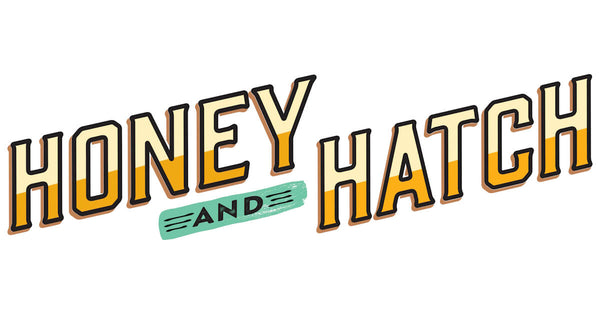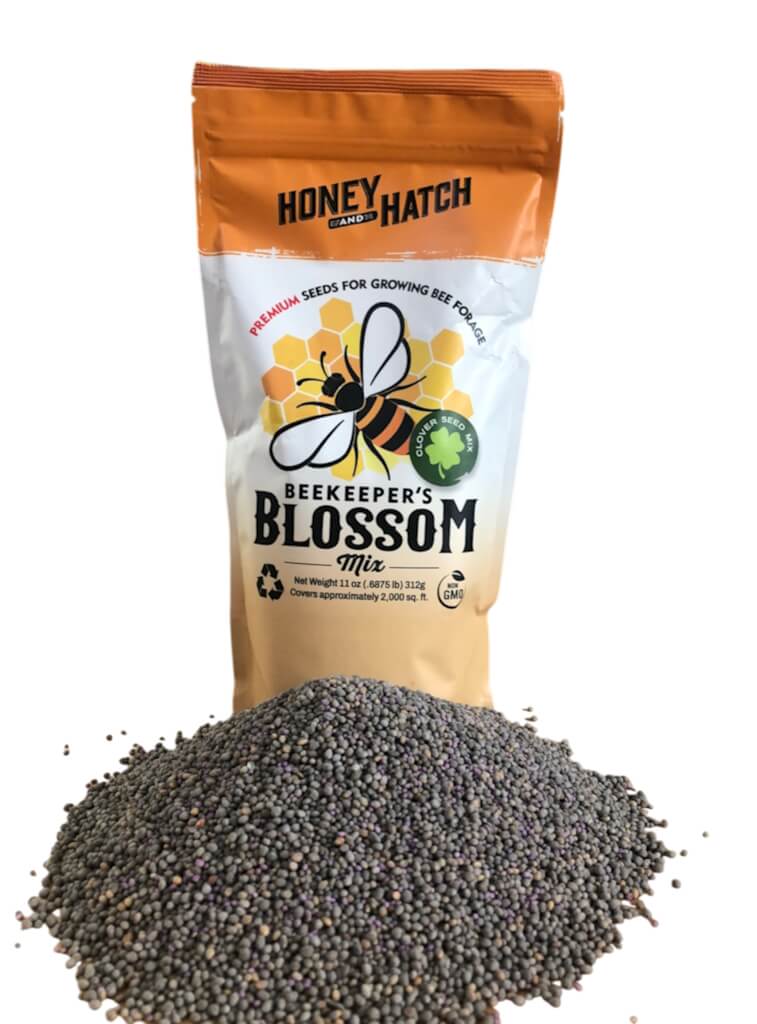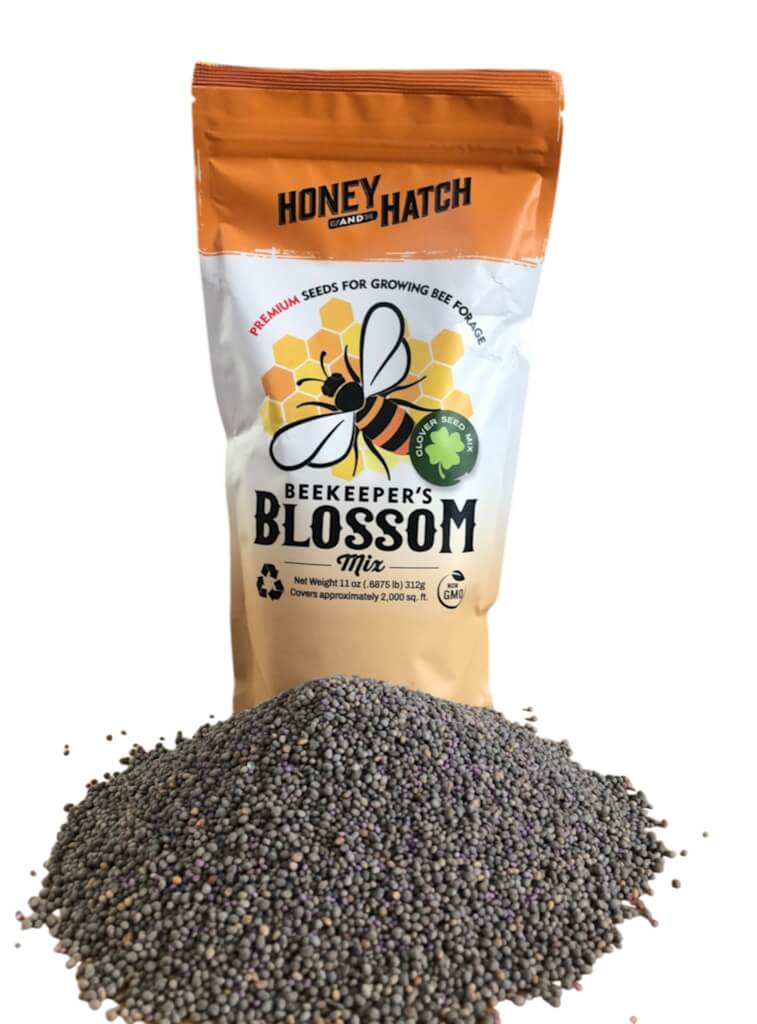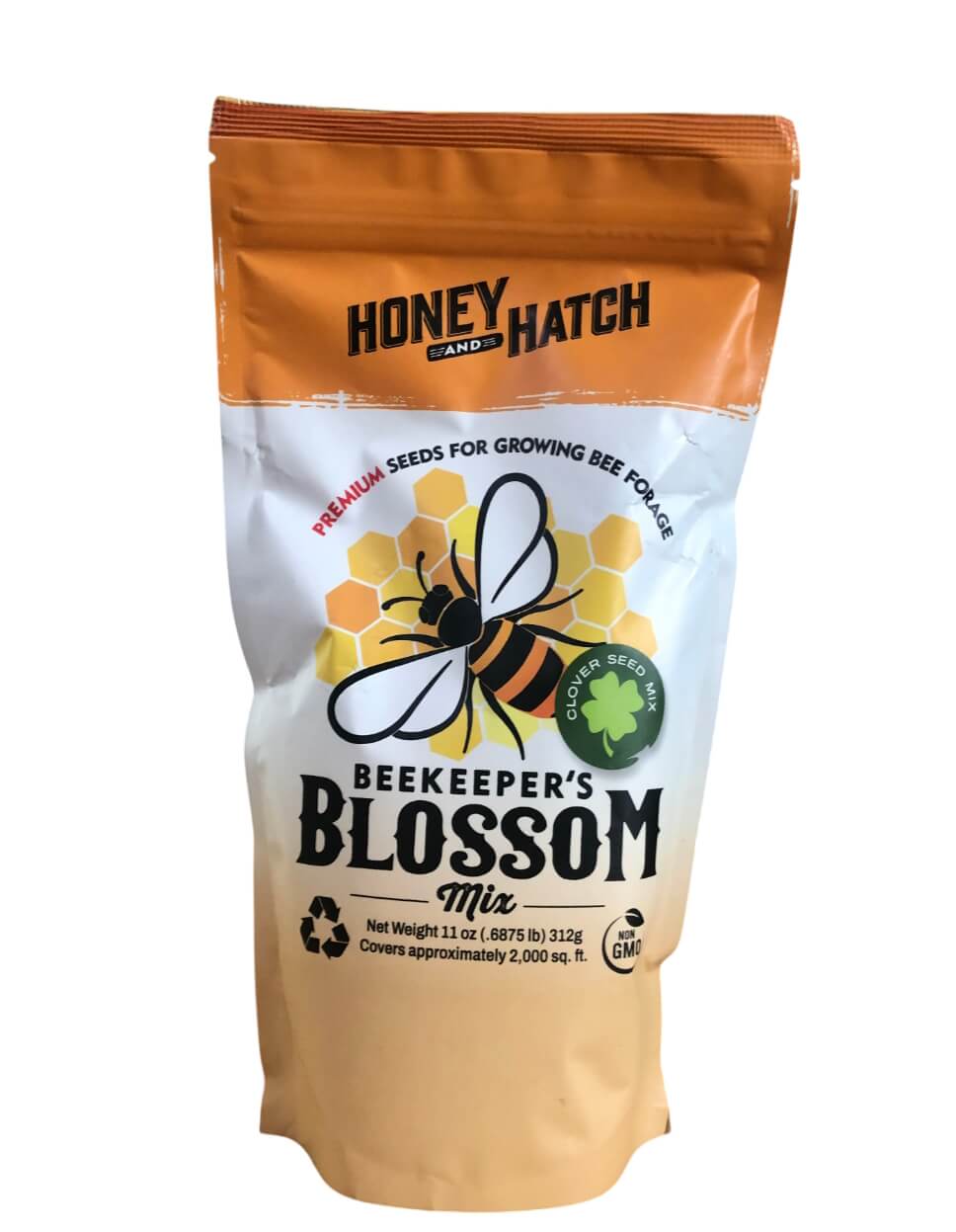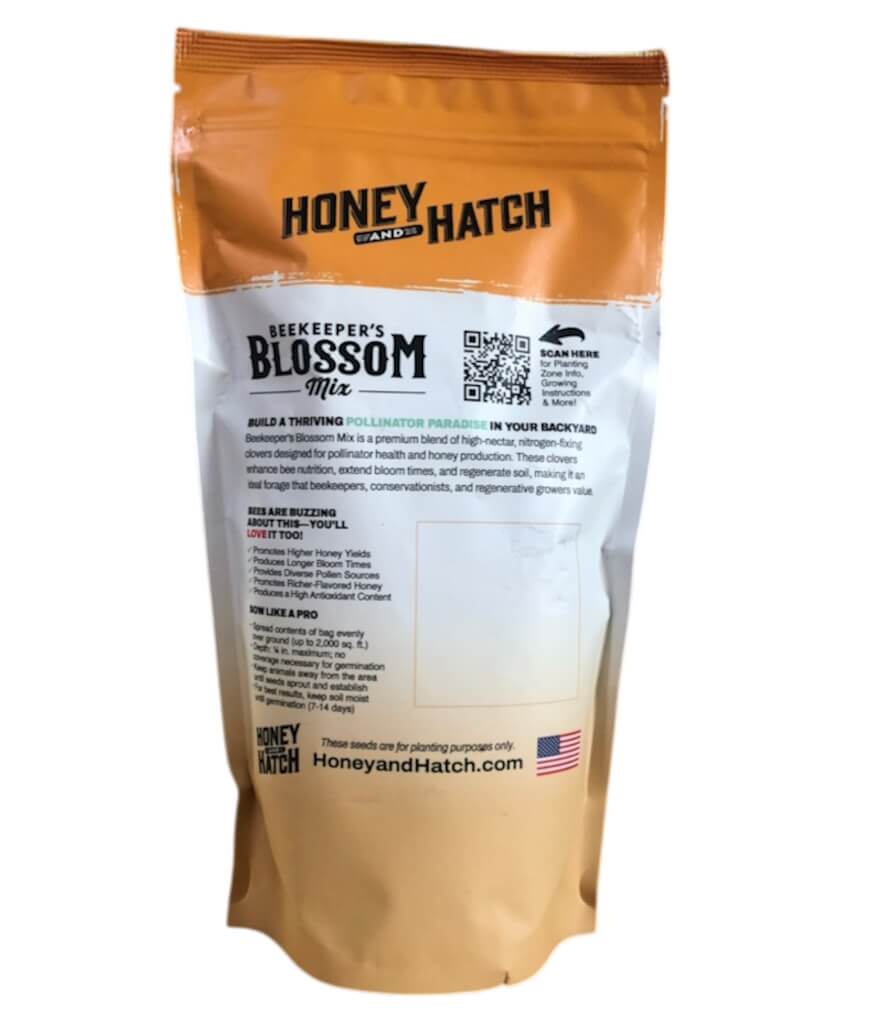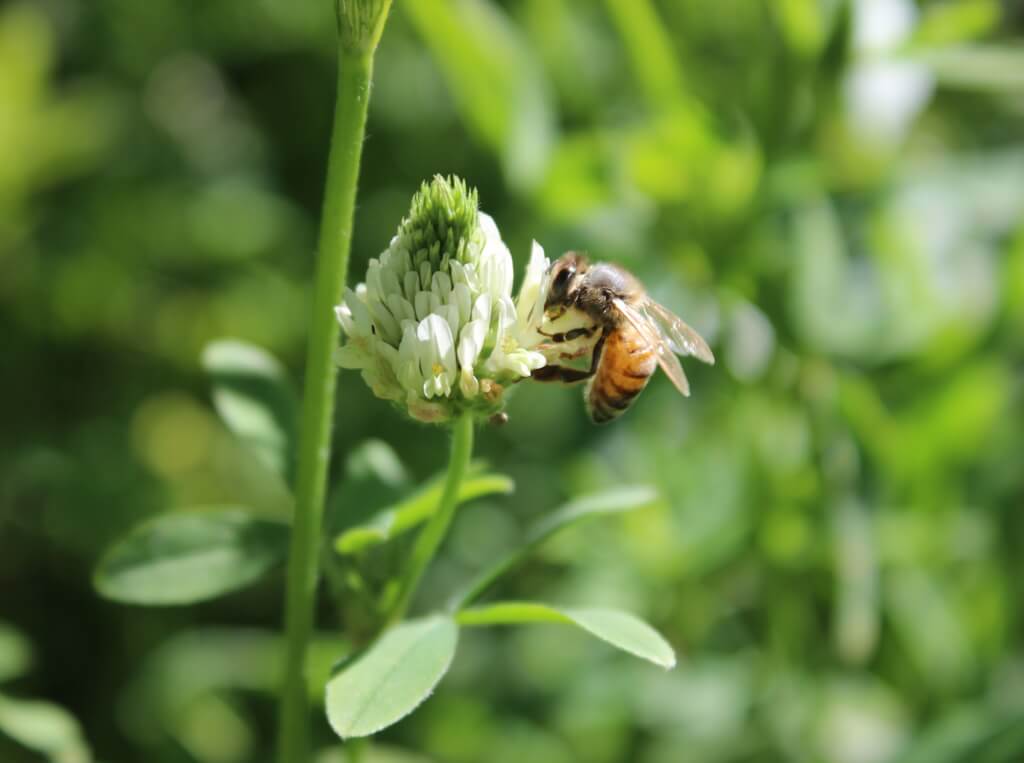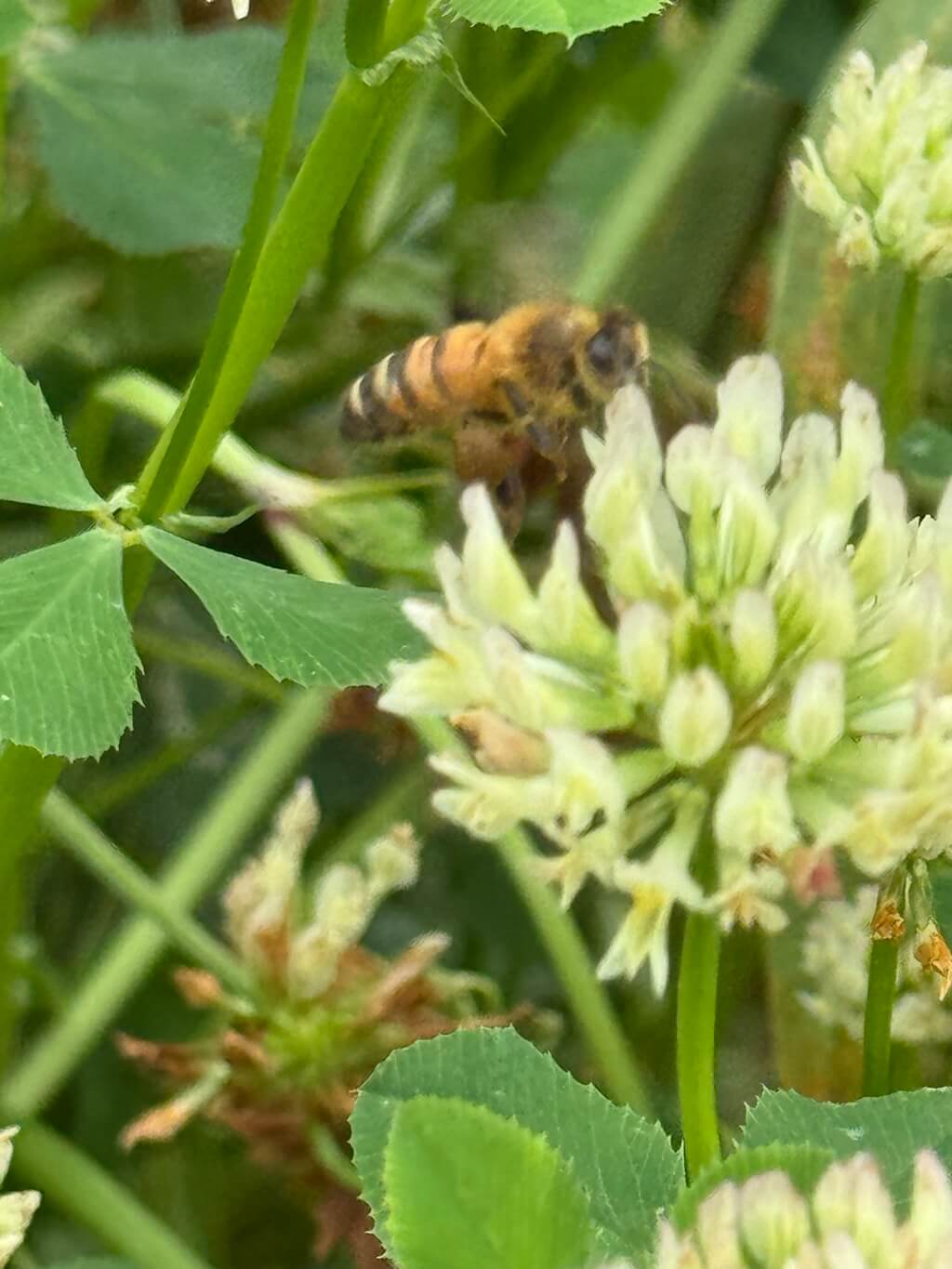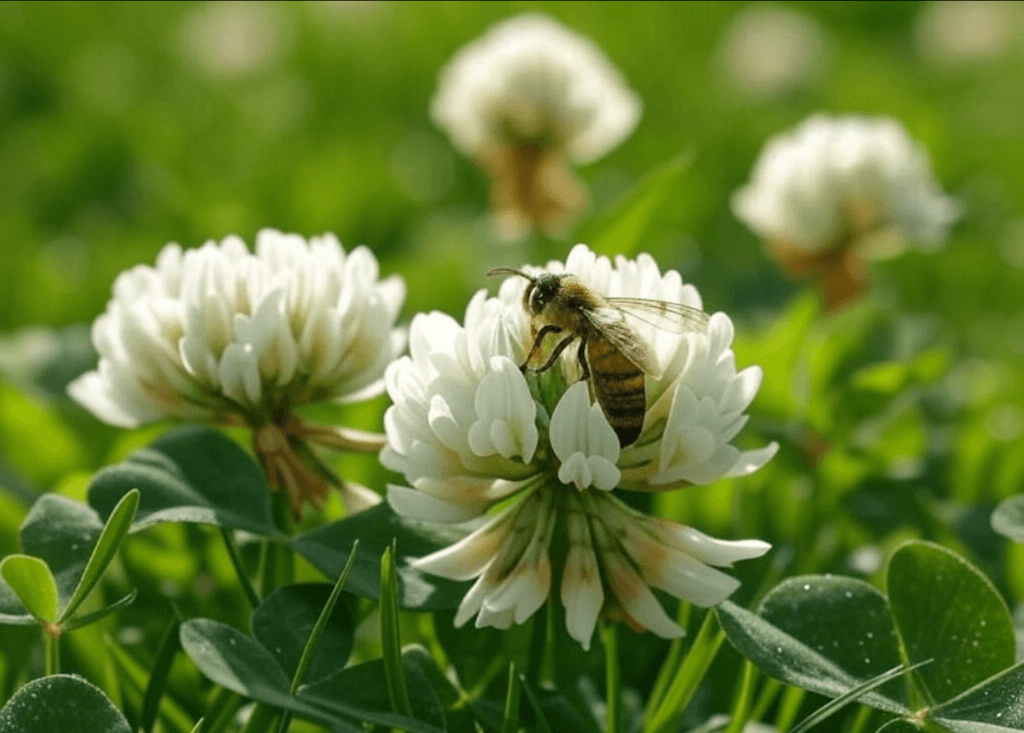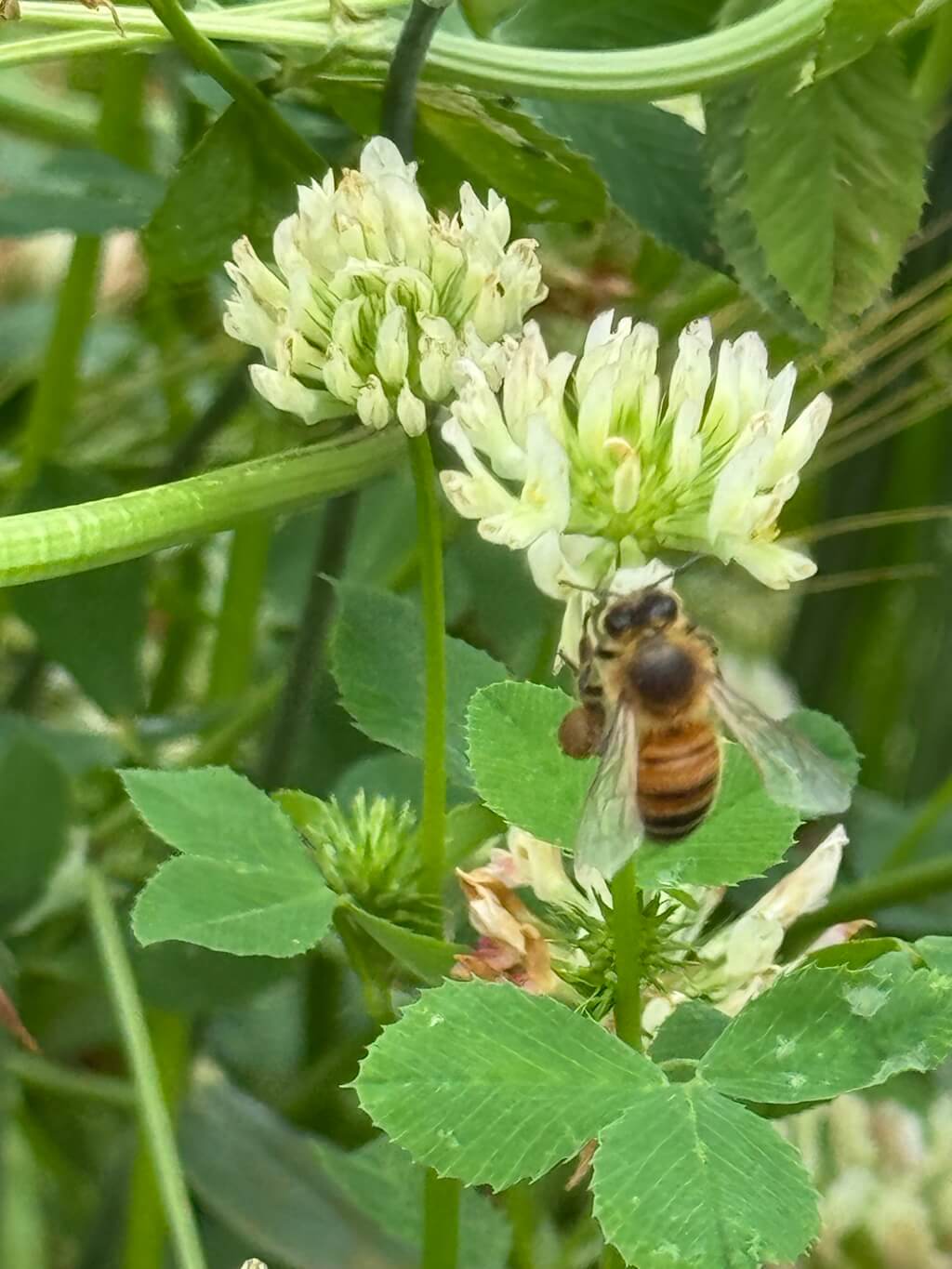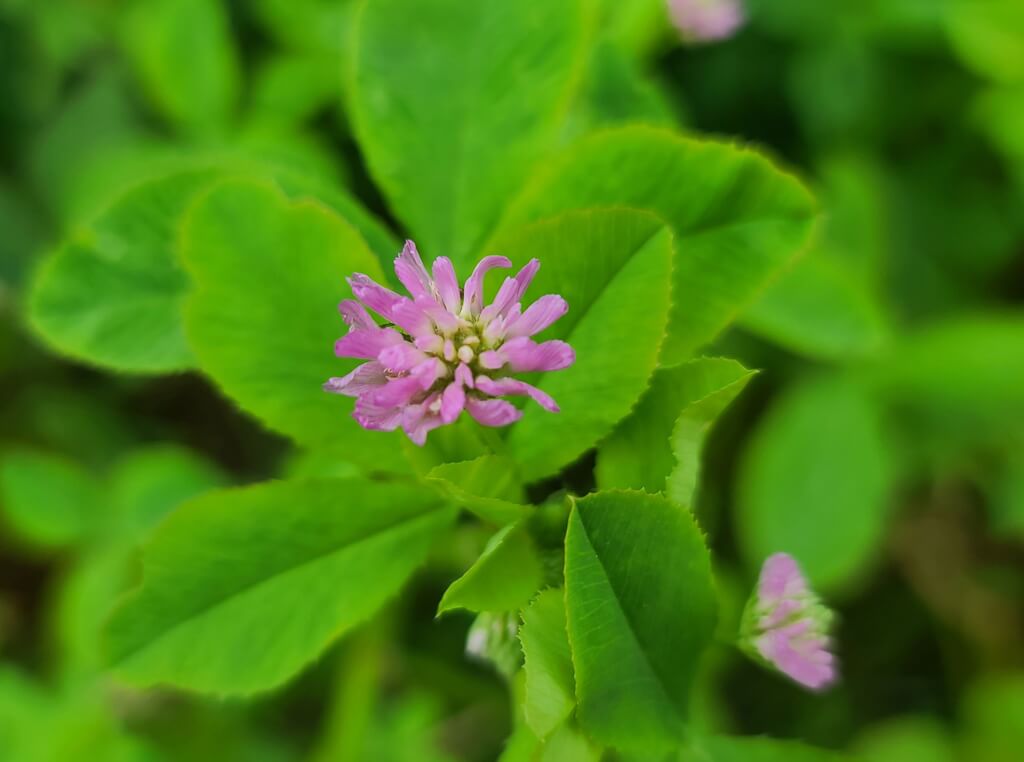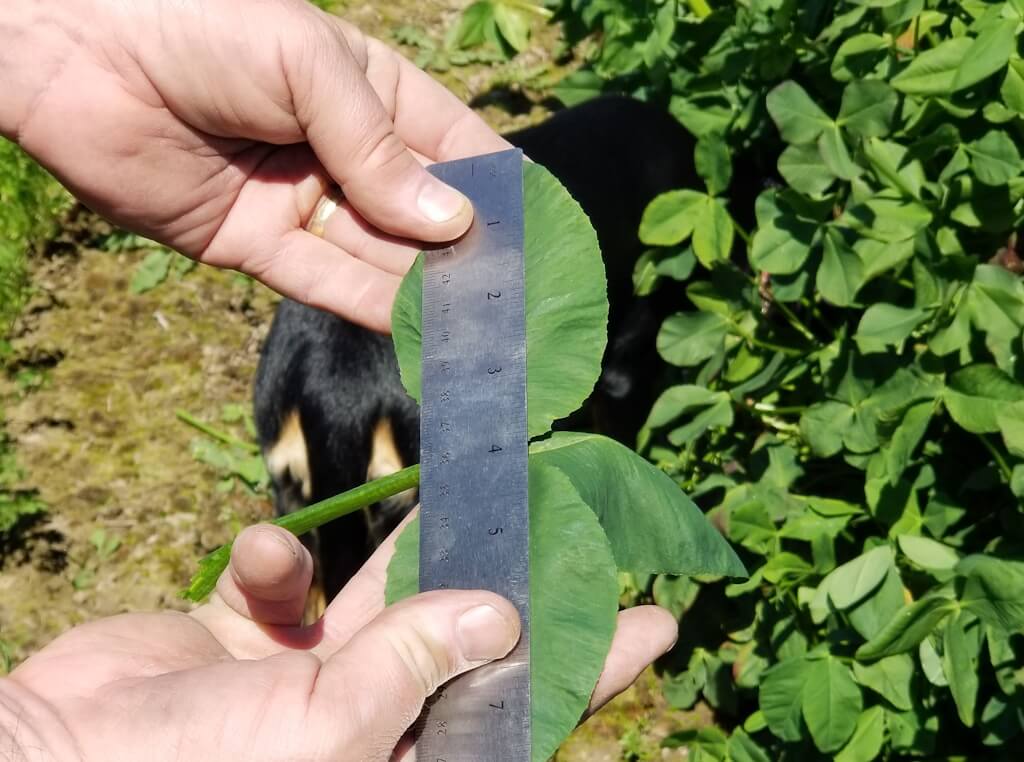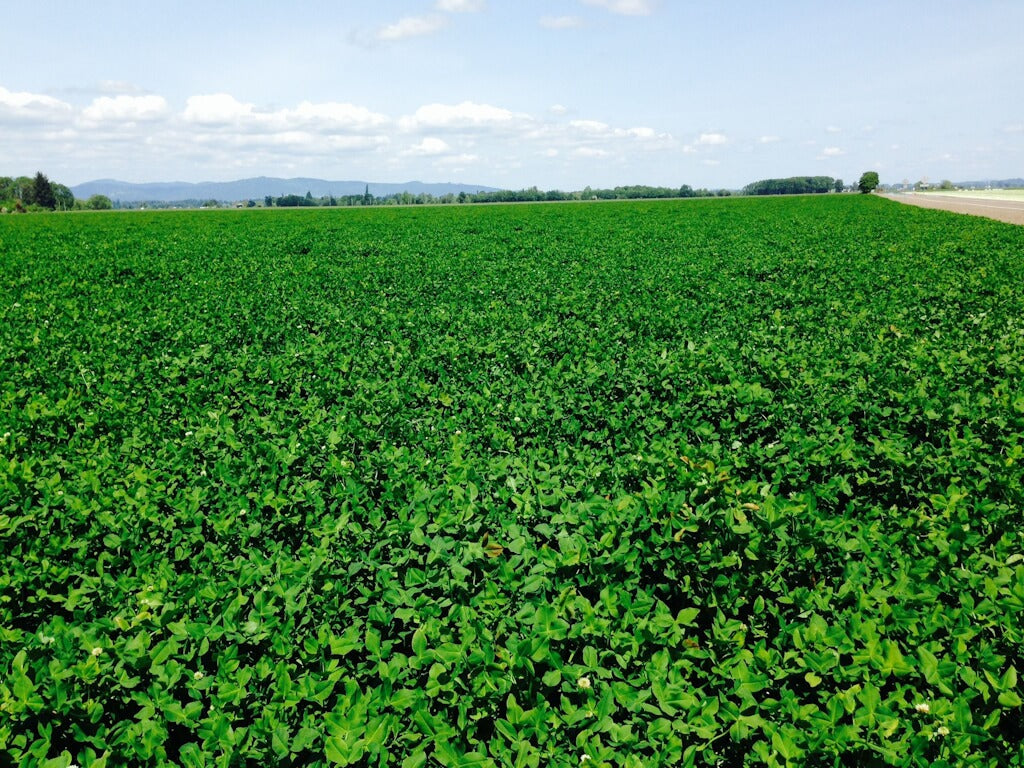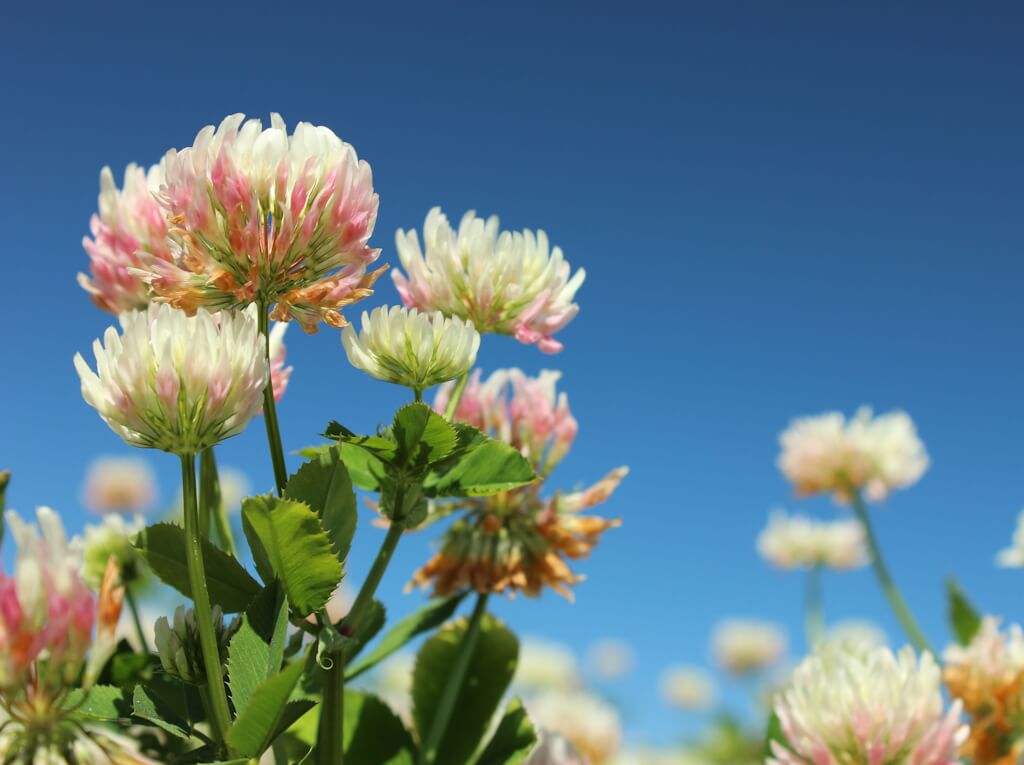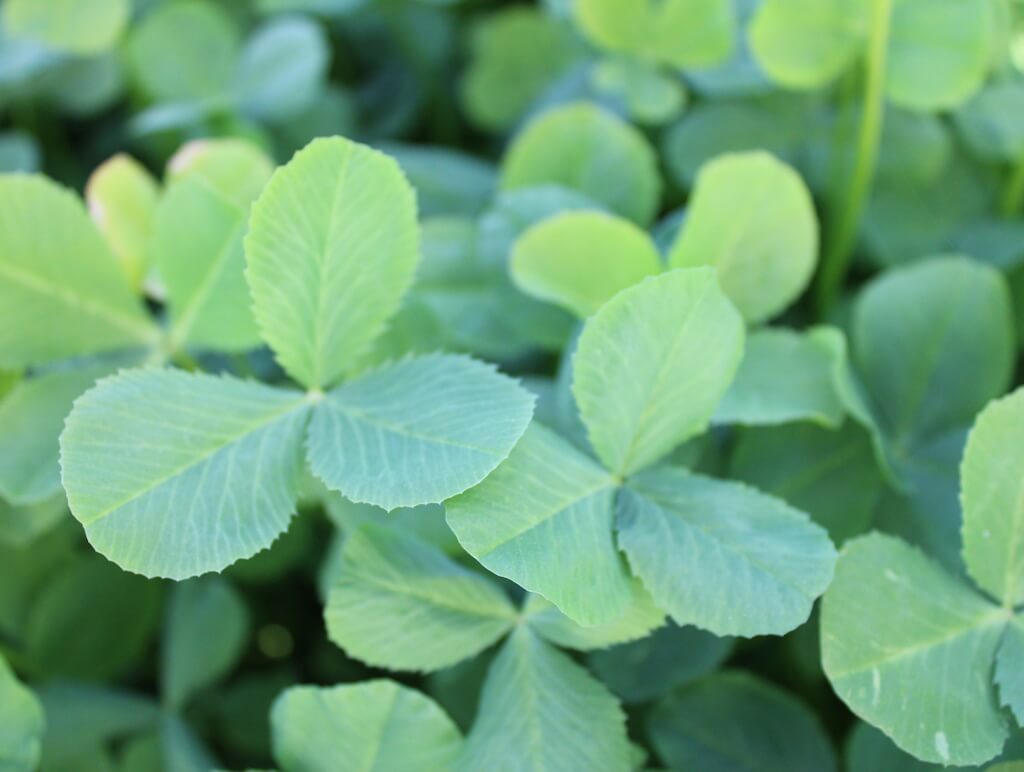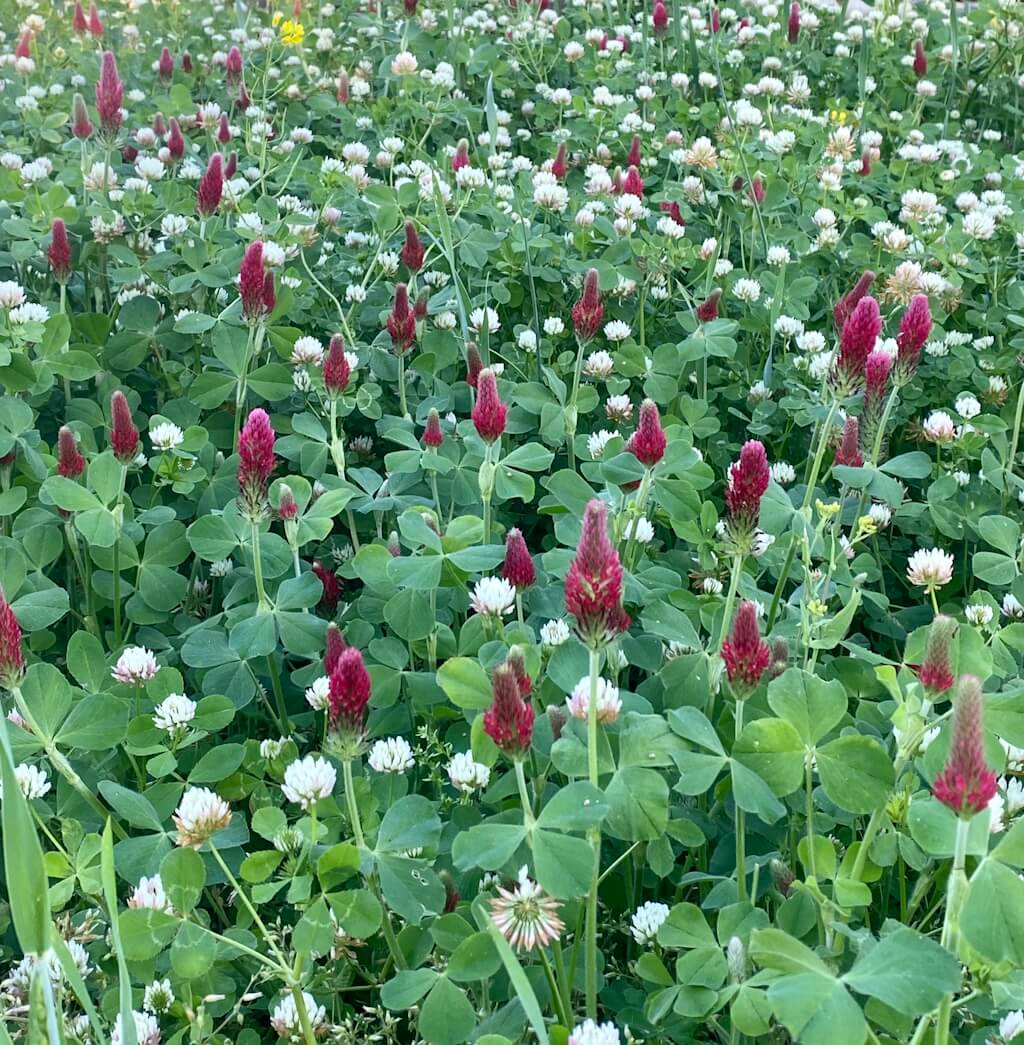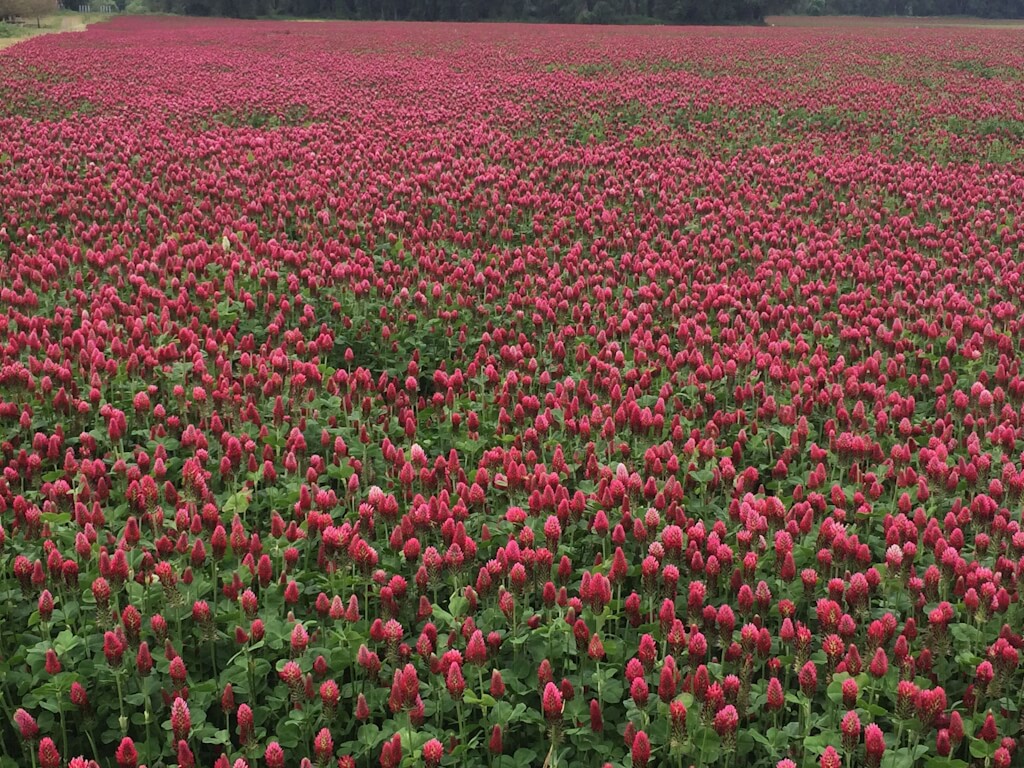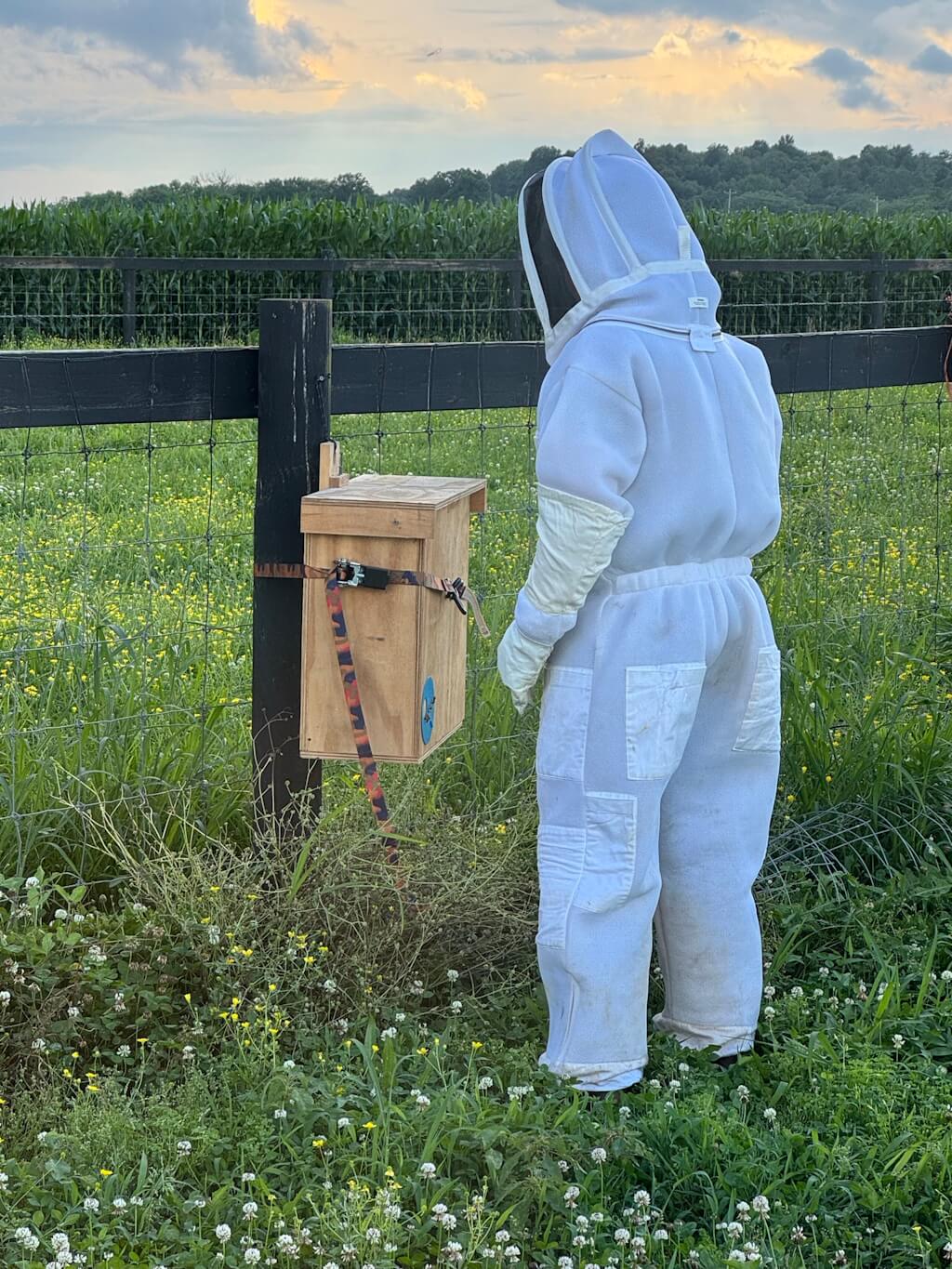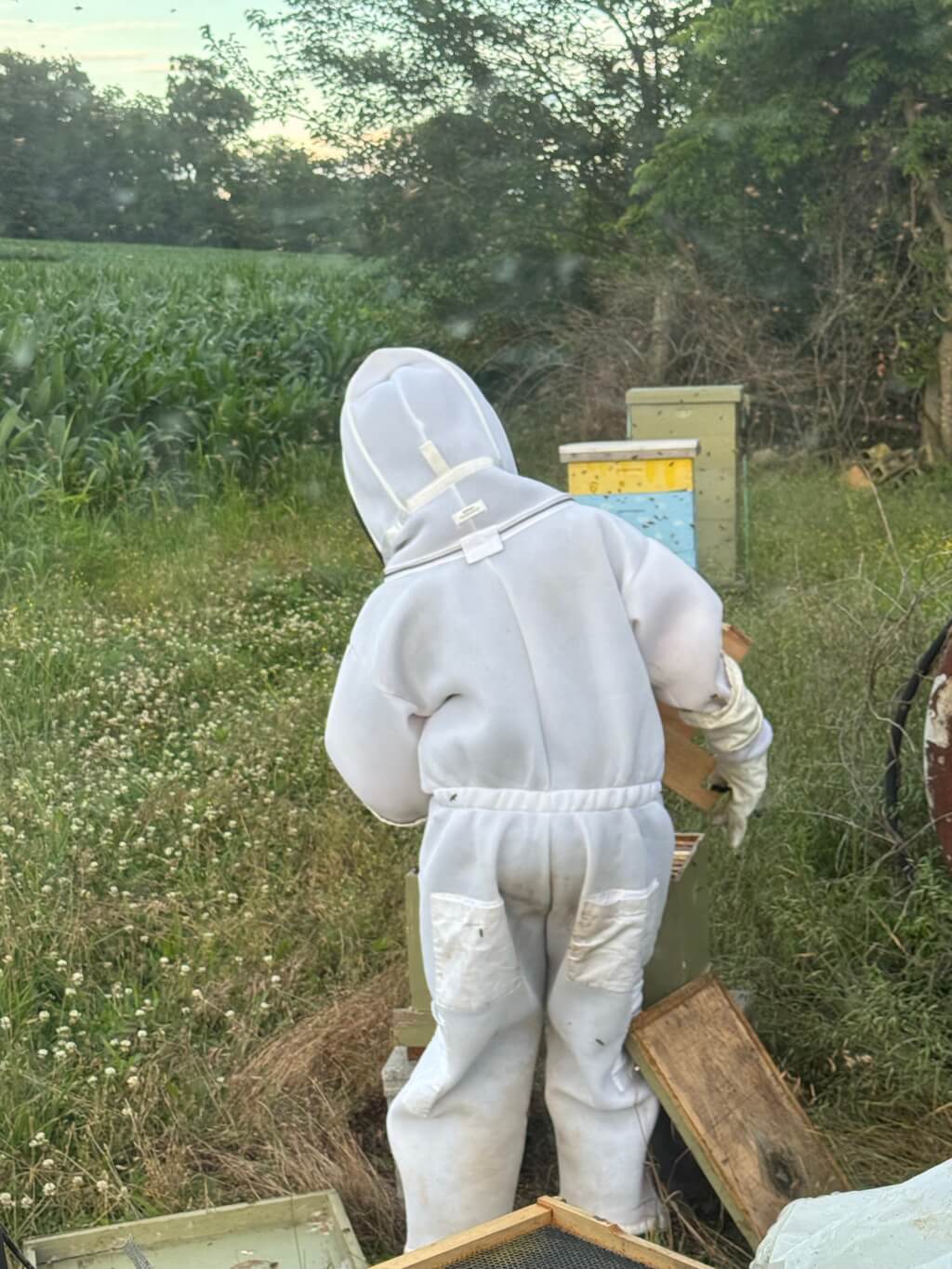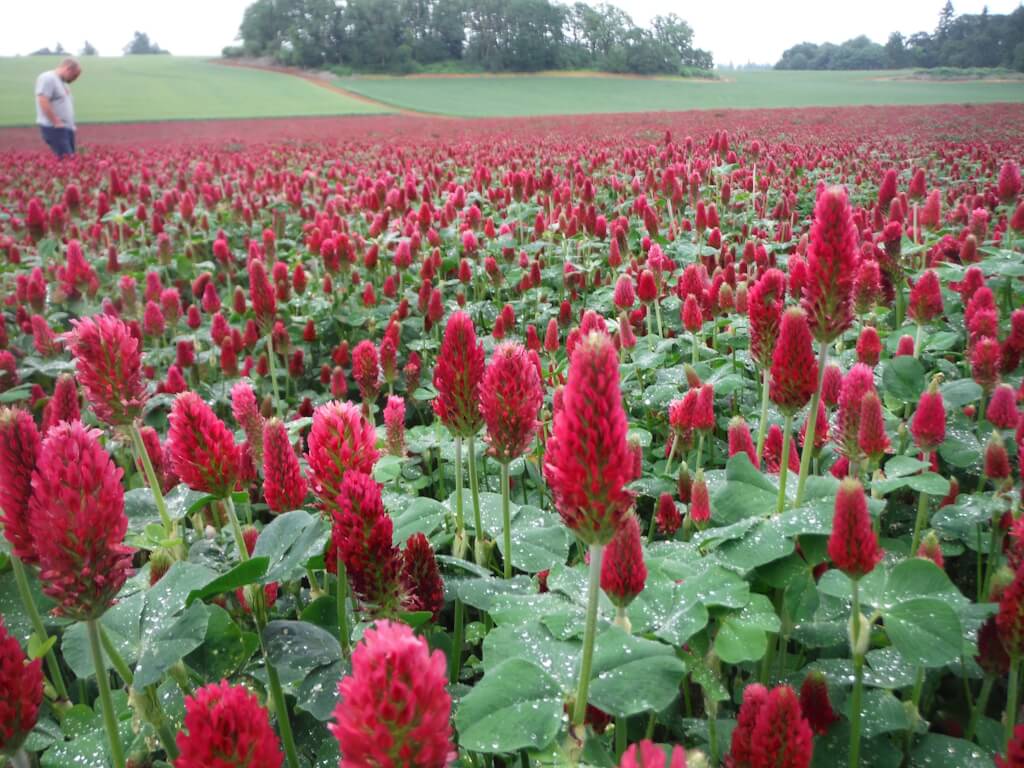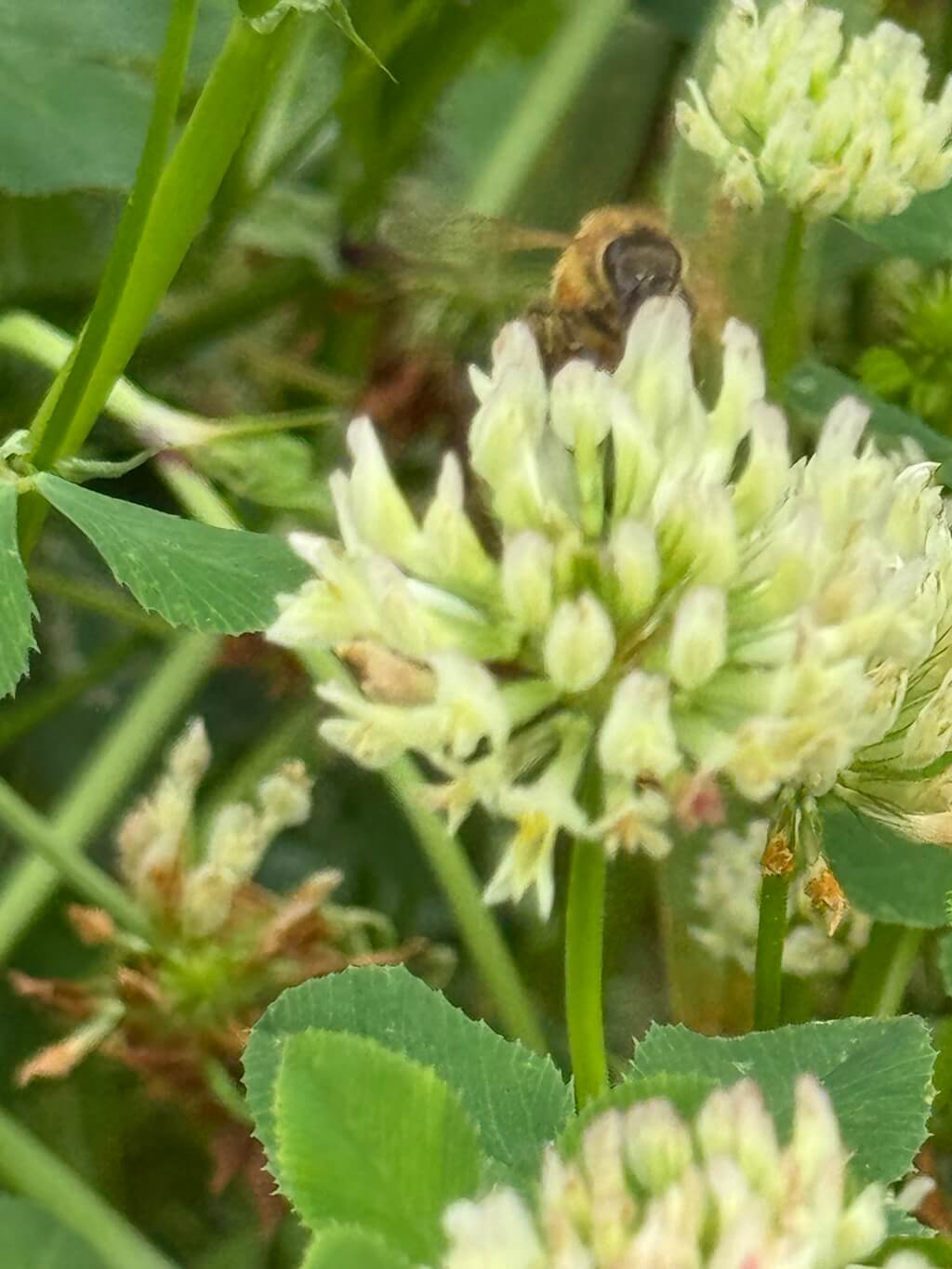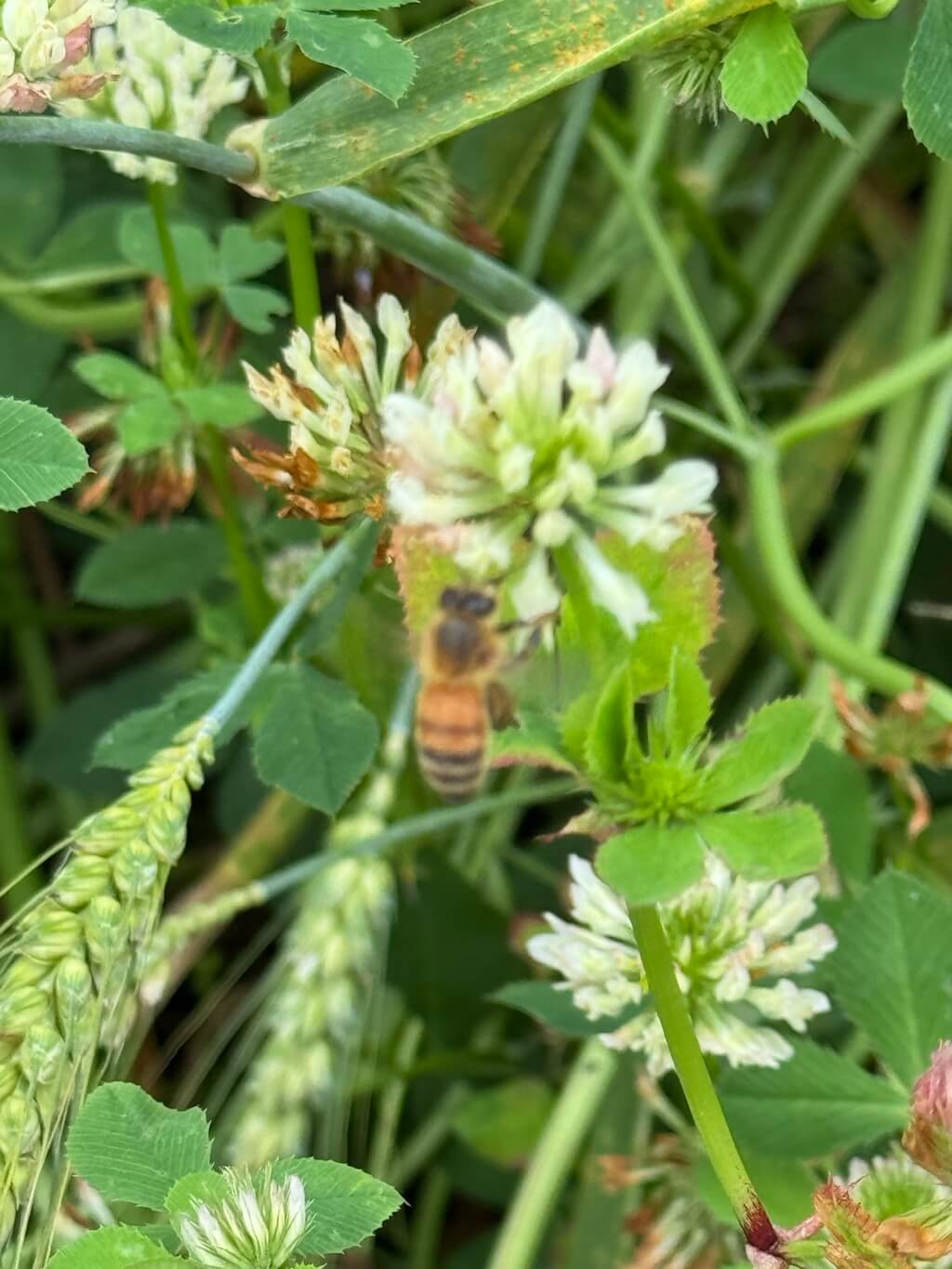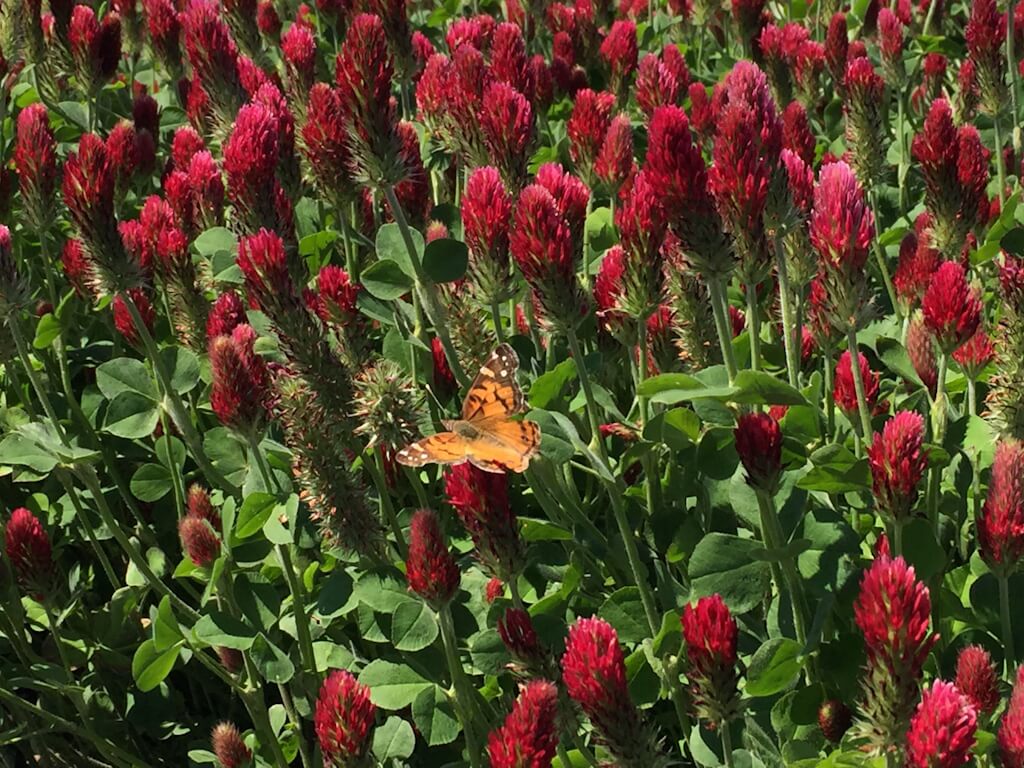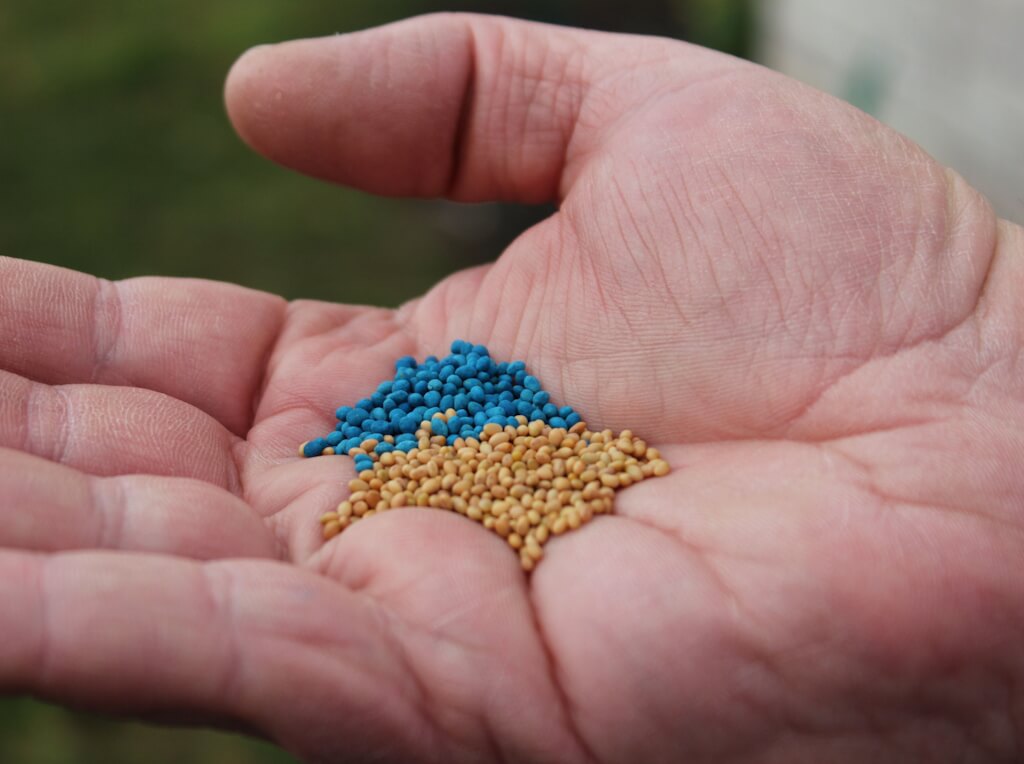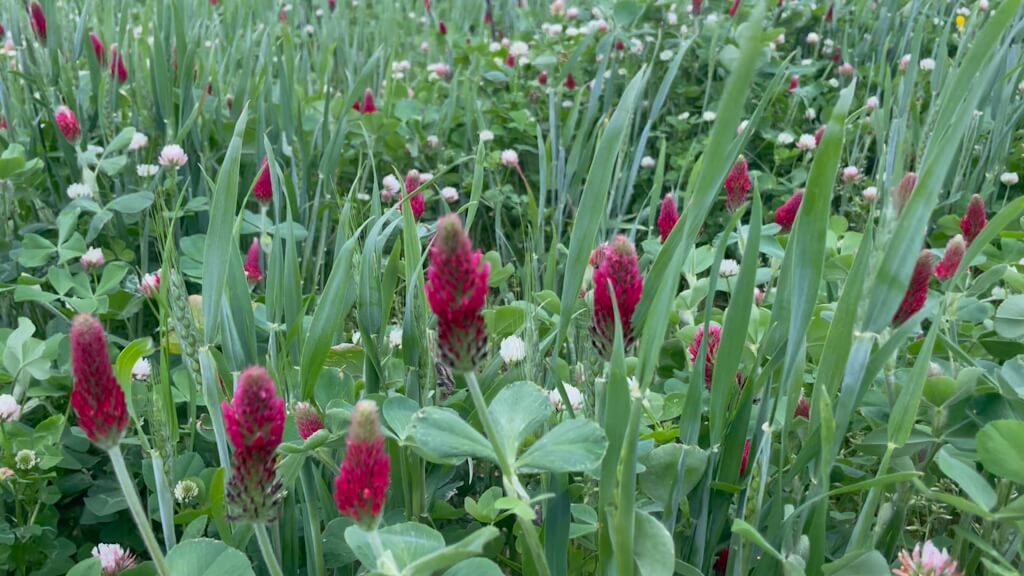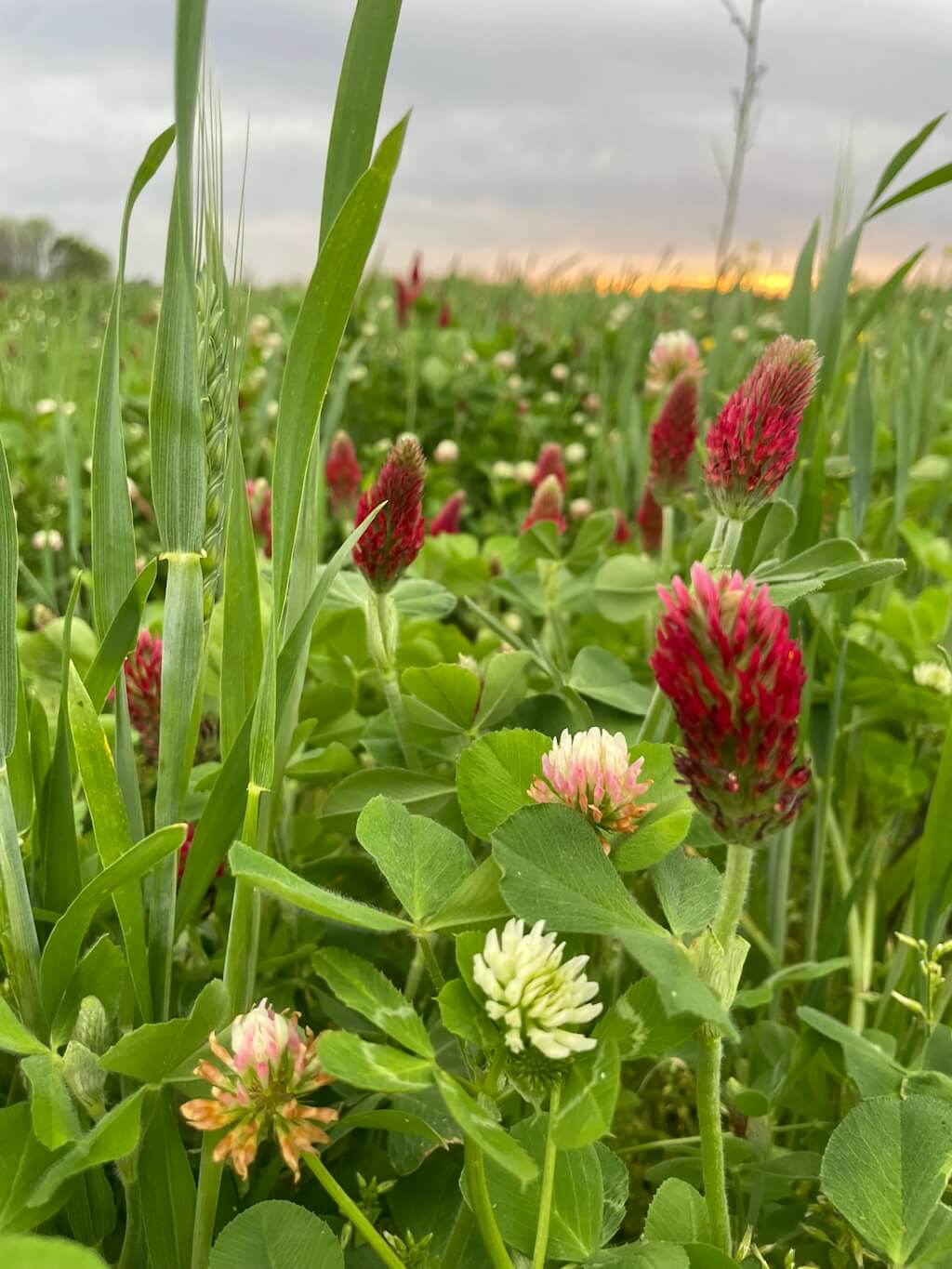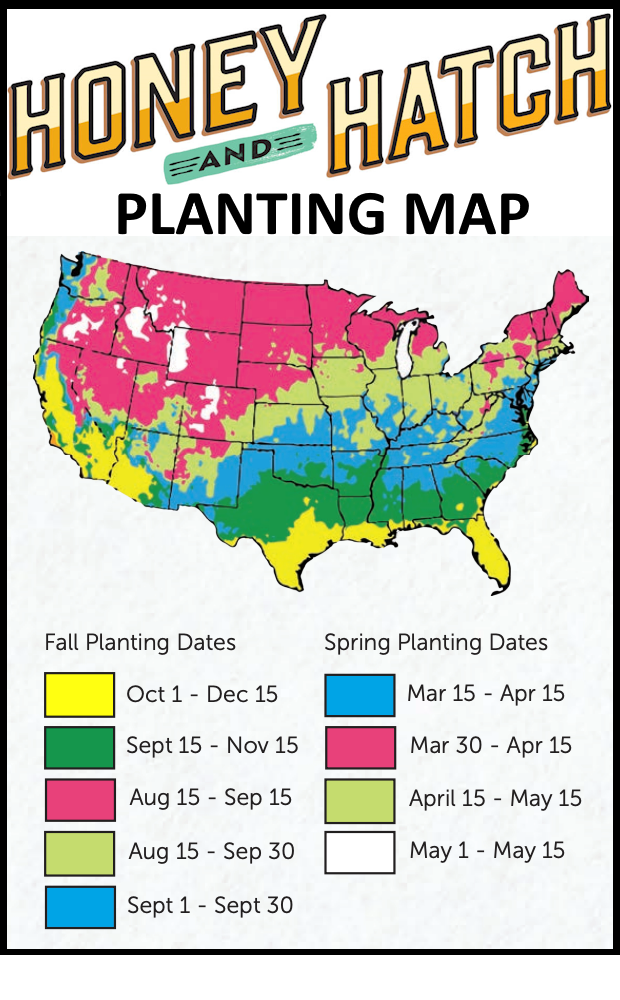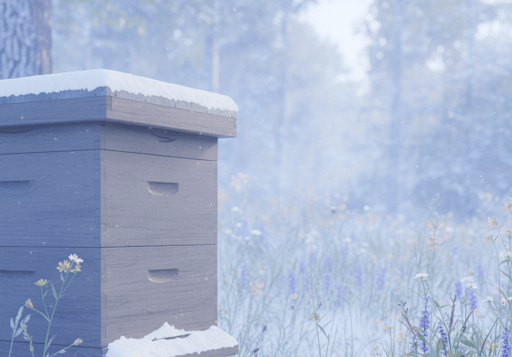
Why Did My Hive Die in Winter? | Preparing Bees for Survival During Winter
Share
Every winter, beekeepers face the heartbreaking question: “Why did my hive die in January?” Colony losses during cold months are among the most common—and painful—topics in beekeeping. Whether you’re a seasoned beekeeper, an urban gardener, or simply someone who wants to help pollinators, understanding why bees struggle in winter is the first step toward creating stronger, healthier hives.
❄️ Why Bees Struggle in Winter
Bees don’t truly hibernate—they cluster together, shivering their wings to generate heat. For a colony to survive until spring, it needs:
- 🐝 Strong population numbers going into fall
- 👑 A healthy queen capable of producing long-lived winter bees
- 🍯 Ample food stores of honey or supplemental feed
- 🦠 Protection from Varroa mites and disease before cold weather hits
When any of these elements are missing, colonies can collapse—often suddenly in January or February—even when plenty of honey remains in the hive.
🍯 Feeding in the Dearth vs. Feeding in Winter
Successful beekeepers know that two critical feeding seasons determine winter survival:
- Late summer / fall dearth: When flowers fade, bees need nutritional support to build up winter stores.
- Winter emergency feeding: Sugar bricks or fondant can keep bees alive until spring bloom.
But supplemental feeding is only a temporary patch. The real, long-term solution begins outside the hive—by creating landscapes where bees can access diverse, natural forage year-round.
🌸 Clover: A Pollinator Lifeline
Clover might seem like a simple plant, but for bees it’s a nutritional powerhouse. It provides the essential nectar and pollen bees need to stay healthy through the year—and helps them rebound after winter stress.
- 🍃 High-protein nectar and pollen to build stronger, more resilient bees
- 🌼 Long bloom period that bridges seasonal gaps in forage
- 🌱 Soil health benefits through nitrogen fixation—supporting regenerative agriculture
- 🏡 Low-maintenance growth in lawns, fields, and city gardens alike
When clover is available across the landscape, bees spend less energy searching for food, develop stronger immune systems, and survive winter with higher success rates.
🌿 The Best Time to Plant Clover
🌱 The best time to plant clover is in the fall.
Why? Cool, moist soil helps seeds establish strong roots before winter sets in. By spring, lush, flowering clover will be ready to feed hungry bees emerging from their clusters. Planting clover in fall means planting hope for next year’s hives.
🐝 Strengthen Your Hives with Beekeeper’s Blossom Clover Mix
If you want to give your bees a natural advantage this winter and spring, start by planting Beekeeper’s Blossom Clover Mix from Honey & Hatch. It’s a premium, research-backed blend designed specifically for pollinator health and hive resilience.
- 🌼 Packed with nectar- and pollen-rich white and intermediate clovers
- 🐝 Supports strong bee immunity and overwinter survival
- 🌾 Improves soil health while enriching local ecosystems
- 💛 Perfect for beekeepers, homesteaders, and urban gardeners
Plant near apiaries, garden edges, or open fields—and see your pollinators thrive.
👉 Shop Beekeeper’s Blossom Premium Clover Mix

🌆 How Urban Gardeners Can Help
Even if you don’t keep bees, your choices make a difference. Every patch of clover adds up to a network of pollinator-friendly spaces.
- 🌿 Overseed lawns with bee-friendly white clover
- 🌸 Replace patches of turf with pollinator plots or container gardens
- 🏙️ Encourage neighbors, schools, and city planners to plant for pollinators
Together, small steps create pollinator corridors that help bees find food and shelter through every season.
💔 From Hive Loss to Hope
Winter losses will always sting—but they don’t have to define your beekeeping journey. By preparing your hives properly and planting clover, you’re turning heartbreak into action and renewal.
Imagine this: instead of empty hives in January, you see your bees thriving in March—buzzing over a sea of fresh clover blooms.
🌼 Plant Clover This Fall. Protect Pollinators. Nourish the Planet.
🧠 Quick FAQ: Preventing Winter Hive Loss
Why do bee colonies die in winter?
Common causes include weak populations, poor nutrition, disease, or untreated Varroa mites. Bees need strong stores and healthy queens going into fall.
How can I prepare hives for winter?
Reduce mite loads early, ensure adequate honey reserves, and protect colonies from wind and moisture. Balanced nutrition is key.
What’s the best plant to support bee health?
Clover—especially Honey & Hatch’s Beekeeper’s Blossom Clover Mix—provides steady nectar, pollen, and soil-building benefits.
When should I plant clover?
Fall is the ideal time. Seeds establish before frost, ensuring healthy spring growth for early-season forage.
Do urban clover patches help bees?
Absolutely. Even small clover lawns or balcony planters add valuable forage and habitat for honeybees and native pollinators.
